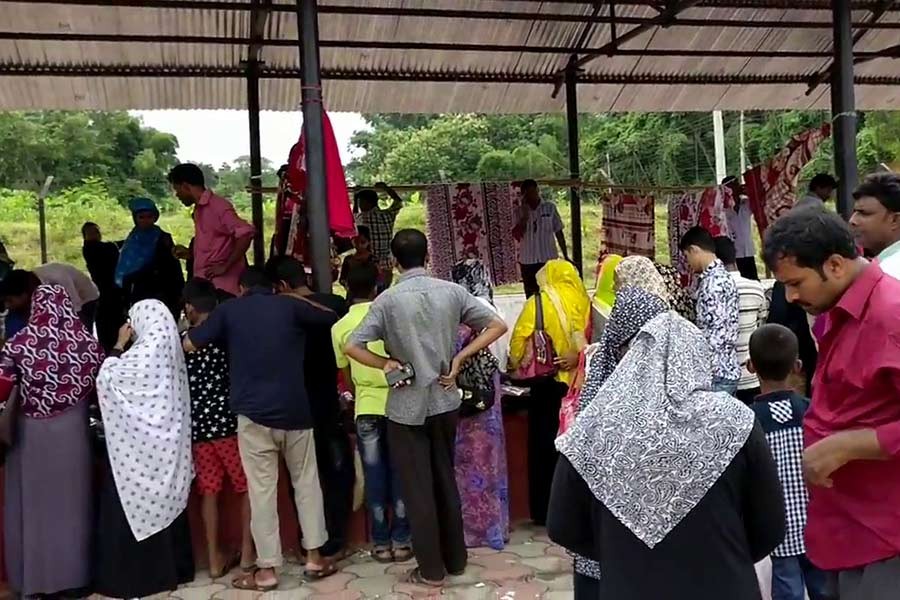The Bangla-India border haats meant to facilitate trade among people inhabiting the border areas with trade potential are yet to demonstrate signs of mutually beneficial business transactions. This is primarily because of the shift from the ideas and framework initially decided upon to launch the makeshift marketplaces at the designated border areas. Reports have it that since their becoming operational, the border haats have proved to be a one-way traffic benefiting Indian traders only.
Ever since the first border haat on the Bangladesh-India zero line got launched in July, 2011, the Indian side has been pressing for increasing the number of such haats in various locations around some of its northeastern states to find easily accessible avenues for marketing locally produced products of those regions, cut off by long distances from marketing hubs within the country. To some extent, the same might hold good in case of Bangladesh as well, but in the absence of fact finding surveys, the impact of setting up border haats remained largely a matter of speculation. Clearly, the decision on border haats should have been weighed in no other terms but of quantifiable economic gains.
Meanwhile, the number of haats has increased and at the same time changes have been brought in their operation. These haats are supposed to market products, primary or manufactured, available within the vicinity of the border areas, but because of the relaxation in the product range and origin of products, there is no apparent restriction in marketing products that have no relevance to the bordering locations, particularly in so far as their origin is concerned. As a result, it is overwhelmingly the Indian traders who are making the most of the changed situation. Because of India's massive production range of consumer products, vendors from India dominate the trade with over eighty per cent share of the transactions. Chocolates, biscuits, cosmetics, toiletries, sarees and a host of other consumer products are in huge supply from the Indian side. And since border haats are duty-free zones, these products are available at prices far lower than in the shops and supermarkets in Bangladesh. No doubt, due to disregard for the origin status of the goods-whether produced in the border areas or elsewhere-- the very concept of border haat and motivation behind setting up these marketplaces have gone haywire. The objective of improving the livelihood of the border communities by way of boosting productivity in those locations is, sadly, no longer a feature of the border haats.
At the end of the day the question remains, who is gaining and at the expense of what? One may find the prevailing system as a well crafted mechanism for promoting smuggling. Suffice it to say, loss of revenue is an issue for Bangladesh to reckon with. It is high time that the government looked into the matter in order to assess the overall situation for the sake of the bordering communities in particular and the country's economy in general.


